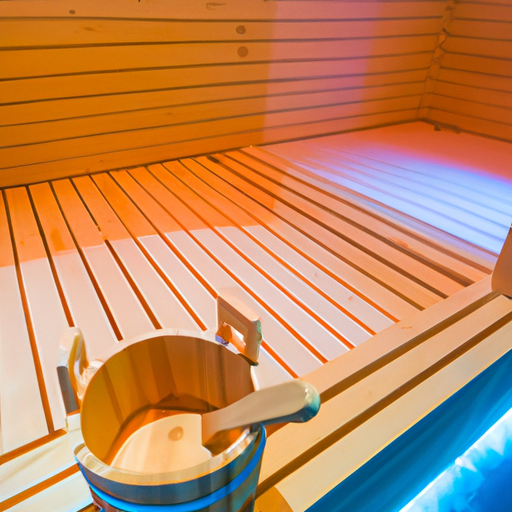The Benefits of Ice Baths and Saunas: How to Maximize Your Recovery
Recovery is an essential part of any fitness routine, and ice baths and saunas are two popular methods for aiding in the recovery process. Both of these treatments have their own unique benefits, and when used together, they can help maximize your recovery. In this article, we will discuss the benefits of ice baths and saunas, as well as how to maximize your recovery with these treatments.
Ice baths are a popular recovery method that involves immersing your body in cold water for a period of time. The cold water helps reduce inflammation and swelling, which can help speed up the recovery process. Additionally, the cold water can help reduce muscle soreness and fatigue, allowing you to get back to your workout routine faster. Ice baths should be done for 10-15 minutes at a time, and the water should be between 50-60 degrees Fahrenheit.
Saunas are another popular recovery method that involves sitting in a hot, dry environment for a period of time. The heat helps increase circulation, which can help reduce muscle soreness and fatigue. Additionally, the heat can help reduce inflammation and swelling, allowing your body to recover faster. Saunas should be done for 10-15 minutes at a time, and the temperature should be between 110-130 degrees Fahrenheit.
When used together, ice baths and saunas can help maximize your recovery. The cold water from the ice bath helps reduce inflammation and swelling, while the heat from the sauna helps increase circulation. Additionally, the alternating temperatures can help reduce muscle soreness and fatigue, allowing you to get back to your workout routine faster.
To maximize your recovery with ice baths and saunas, it is important to follow a few simple guidelines. First, make sure to drink plenty of water before and after your treatments to stay hydrated. Second, make sure to take breaks in between treatments to allow your body to adjust to the alternating temperatures. Finally, make sure to listen to your body and stop if you start to feel uncomfortable.
In conclusion, ice baths and saunas are two popular methods for aiding in the recovery process. Both of these treatments have their own unique benefits, and when used together, they can help maximize your recovery. By following a few simple guidelines, you can ensure that you are getting the most out of your treatments and maximizing your recovery.
The Pros and Cons of Ice Baths and Saunas: What You Need to Know Before You Try Them
Ice baths and saunas are two popular methods of recovery used by athletes and fitness enthusiasts alike. While both have their benefits, it is important to understand the pros and cons of each before trying them.
Pros of Ice Baths
Ice baths are a popular recovery method used by athletes and fitness enthusiasts. The primary benefit of an ice bath is that it helps reduce inflammation and soreness in the muscles. This is due to the cold temperatures, which cause the blood vessels to constrict, reducing the amount of blood flow to the affected area. Additionally, ice baths can help reduce the risk of injury by decreasing the amount of lactic acid buildup in the muscles.
Pros of Saunas
Saunas are another popular recovery method used by athletes and fitness enthusiasts. The primary benefit of a sauna is that it helps relax the muscles and reduce stress. This is due to the heat, which causes the muscles to relax and the body to release endorphins, which are hormones that help reduce stress and anxiety. Additionally, saunas can help improve circulation, which can help reduce the risk of injury.
Cons of Ice Baths
While ice baths can be beneficial, there are some potential drawbacks. One of the main drawbacks is that they can be uncomfortable due to the cold temperatures. Additionally, ice baths can cause the body to go into shock, which can be dangerous. Finally, ice baths can cause the body to become dehydrated, so it is important to drink plenty of fluids before and after an ice bath.
Cons of Saunas
Saunas can also have some potential drawbacks. One of the main drawbacks is that they can be uncomfortable due to the heat. Additionally, saunas can cause dehydration, so it is important to drink plenty of fluids before and after a sauna session. Finally, saunas can cause the body to overheat, which can be dangerous.
Conclusion
Ice baths and saunas are two popular methods of recovery used by athletes and fitness enthusiasts. While both have their benefits, it is important to understand the pros and cons of each before trying them. Ice baths can help reduce inflammation and soreness in the muscles, while saunas can help relax the muscles and reduce stress. However, both can cause dehydration and can be uncomfortable due to the extreme temperatures. Therefore, it is important to take the necessary precautions before trying either method.






